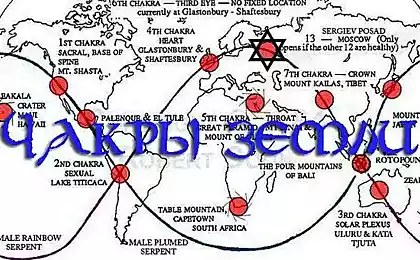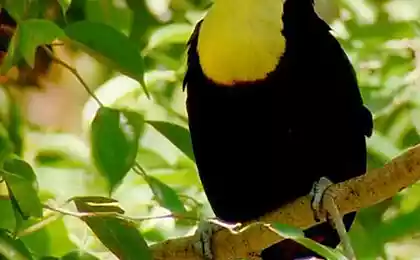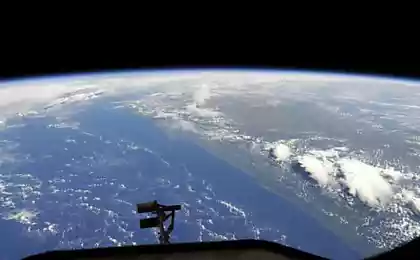136
The beauty of the Earth from the height of the bird
People enjoy enjoy beautiful landscapes from different parts of the globe. But we must not forget that this beauty must be carefully preserved, otherwise it may disappear. Photographer Jan Arthus-Bertrand made an amazing collection of aerial photographs that confirm that on Earth you can literally find unusual landscapes. Grand Prismatic Spring, Yellowstone National Park
The colorful Grand Prismatic Spring is the largest thermal pool in Yellowstone National Park. Its bright iridescent coloration arose as a result of the activity of pigmented bacteria that live in mineral-rich waters. This park is now one of the most visited natural sites in the world. Icebergs and Adélie penguins
Jan Arthus-Bertrand caught the camera lens of the Adélie penguin, which is balancing on top of a block of floating ice near Antarctica. Scientists have warned that global warming could cause ice on the sixth continent to melt. Icebreaker Louis Saint Laurent in the bay of Resolute
A lone icebreaker makes a direct path through an ice field to give other seagoing vessels the opportunity to sail to ports in Nunavut province, Canada. Global warming and melting sea ice could make these huge ships obsolete. Island of greenery on terraced rice fields
After centuries of gardening and irrigation in Indonesia’s terraced rice fields, the Balinese landscape has long looked like a layered rice cake. Advances in agriculture and the use of fertilizers have caused annual rice yields to nearly triple. This made Indonesia the world’s third largest rice producer. Caravan of dromedaries in the dunes
When viewed from above, the Sahara looks like a calm, caramel-coloured landscape. The desert, which stretches across eleven countries, is the largest sandy desert in the world and grows every year due to overgrazing and deforestation. Cotton bundles
Cotton is one of Côte d'Ivoire's main exports. Despite the fact that cotton grows only on 2.4% of the country’s arable land, a huge amount of chemical pesticides are used in Côte d’Ivoire every year – almost $2.6 billion.
Source: www.ecobyt.ru/
Get rid of the stoop - 5 effective exercises
Designer Sebastian had died has created a vivid biodegradable stool
























